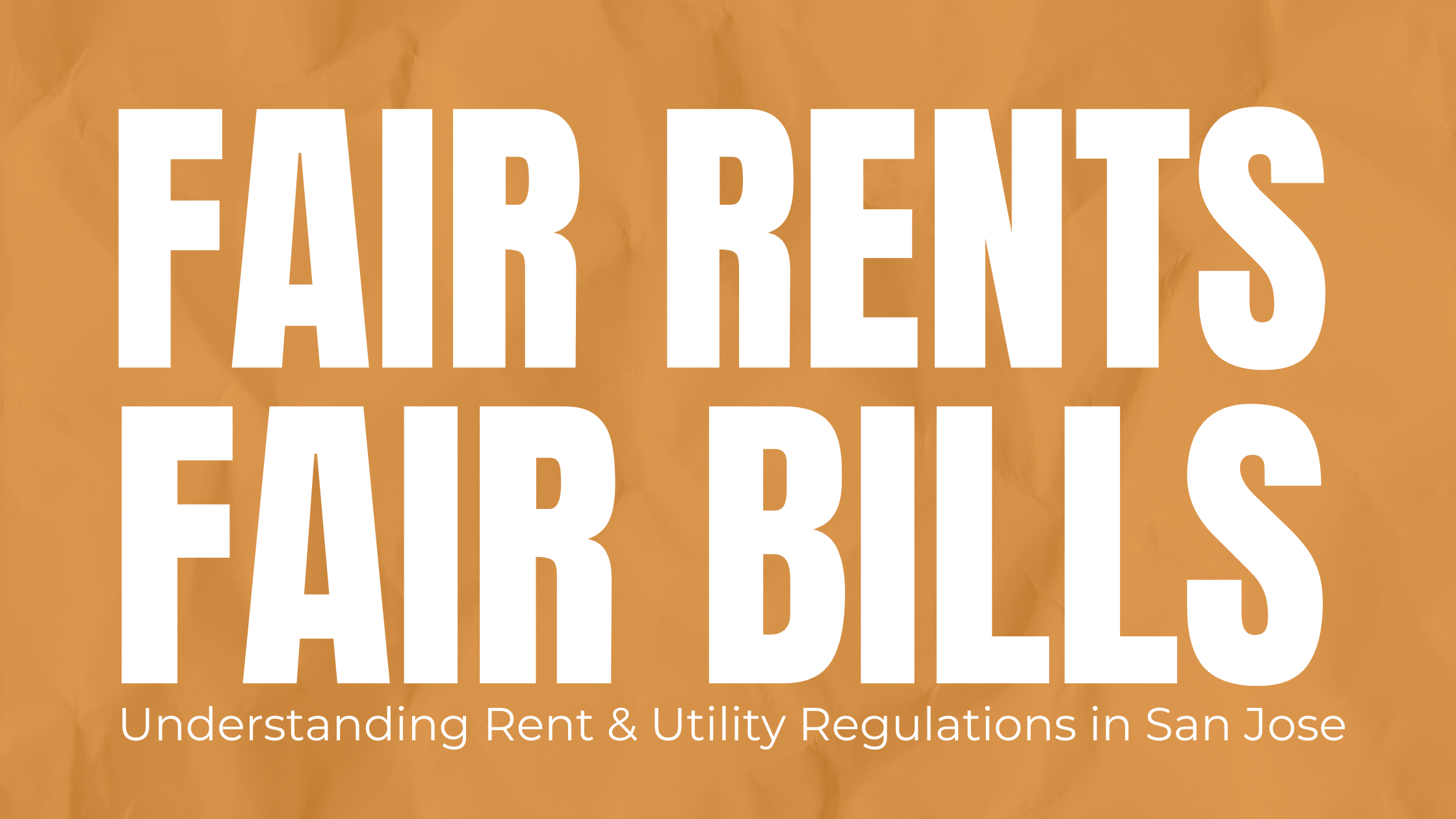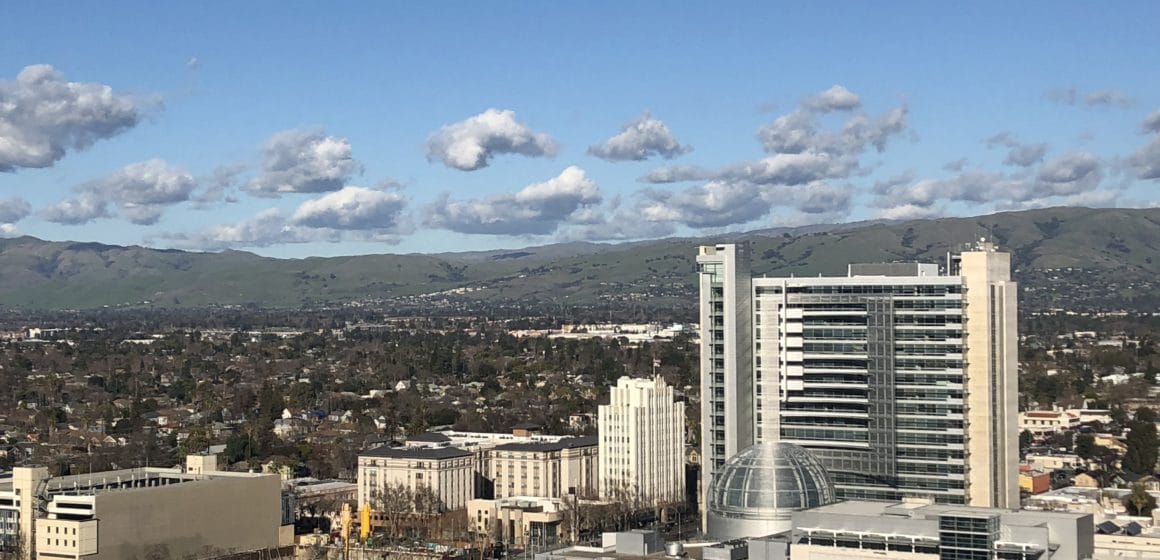BY: Janice Bitters ┃San Jose Spotlight
PUBLISHED: June 19, 2020[spacer height=”20px”]
Ready or not, the Bay Area’s new state-mandated housing development goals have arrived, and the numbers are bigger than ever before.
Bay Area municipalities are expected to be responsible for planning, zoning and approving a combined 441,176 new homes between 2023 and 2030, according to the state’s most recent Regional Housing Needs Assessment (RHNA) determination.
That’s up from the 187,990 Bay Area cities were tasked with generating between 2015 and 2023, marking a 135 percent increase, or more than doubling the goals in the coming decade.
The news comes as most cities in the region are already struggling to meet the existing housing development goals.
For instance, as of June 25, 2019 — the most recent information available from the California Department of Housing and Community Development — San Jose and Santa Clara had not yet hit the halfway point in meeting their current RHNA goals.
Data and graphics from housing nonprofit SV@Home shows that across the board in Santa Clara County, cities are lagging behind.[spacer height=”20px”]

The affordable housing financing conundrum
The RHNA increase this year was roughly what local leaders expected it would be, driven by the existing housing shortage and paired with the projected rate of employment and population growth in the region. And it’s still a far cry from the 229 percent increase that Southern California saw.
But the question is whether cities will actually build that many homes. Though municipalities are required to set aside enough land to build their share of housing, there’s no punishment from the state if they don’t meet the development goals.
“Never has the number been seen by communities as something they had to meet,” Leslye Corsiglia, executive director at SV@Home said. “They’ve just felt that it’s a planning number, which is unfortunate because what that means is that they plan for that number because they’re expected to — they’re required by law to — but with no intention ever of reaching it.”
The goal is also complicated because the RHNA numbers come with requirements around the types of homes built, divvying them up between four levels of affordability, from “very low income” to “above moderate income” homes. While many cities in Santa Clara County have made good progress on approving homes affordable to people of “above-moderate” means, few have permitted enough affordable homes.
But that may not be entirely city governments’ fault, Corsiglia said. Cities can make policy decisions that promote affordable housing, she said, but the government doesn’t build homes. The problem for developers is that low income housing is hard to finance.
“I think a really big issue is that such a big proportion of the (affordable housing) needs identified require subsidy, and we just don’t have enough,” she said. “That’s a reason why the numbers won’t be met until we identify that (financing) source.”
The 441,176 homes Bay Area cities have been allocated will be split into the four affordability categories as follows:
- Very Low Income: 114,442 (25.9 percent)
- Low Income: 65,892 (14.9 percent)
- Moderate Income: 72,712 (16.5 percent)
- Above Moderate income: 188,130 (42.6 percent)

Divvying up the goals
Now, the question cities across the region are asking is how those housing goals will be split up by city. That’s where the Association of Bay Area Governments (ABAG) comes in.
ABAG’s Housing Methodology Committee is devising a system to allocate the housing goals to cities across the region, a complicated and potentially controversial task.
As a committee, it’s exploring questions around how to mitigate displacement and whether cities primarily made up of high income households should get a larger percentage of the low income housing allocation, or vice versa. Several committee members during a meeting Friday said they also wanted to consider the feasibility that developers could build the housing in the areas where it is allocated.
But the major concern for many was around finding a system that both answers the complex issue of creating better equity in Bay Area housing development while also being easily understood and accepted by lawmakers and residents.
“I would really implore that whatever we end up with, it’s got to be simple enough so that we can explain it,” said Pat Eklund, a committee member and Novato councilmember.
Others said that landing on a complex solution for such a complex problem may be unavoidable.
“The goal here in the tool of this is aiming to get to more equitable outcomes,” said Ruby Bolaria Shifrin, committee member and housing affordability manager for the Chan Zuckerberg Initiative. “If that means that this tool is a little bit more robust than the past, that’s probably a good thing in terms of getting us to the outcome that we all want.”
The committee is recommend a method to divvy up the regional housing allocation in September. The final allocations are expected to be announced in late 2021.[spacer height=”20px”]
Santa Clara County becomes collaborative
Still, the question remains how cities already struggling to meet housing production goals will fare with an even higher bar.
This time around, however, Santa Clara County cities will have a new game plan to meet their inevitably lofty goals through a partnership.
The 15 cities and the county have all banded together to form a new collaborative through the Cities Association of Santa Clara County that will allow them as a group to apply for grant funding, jointly hire consultants and share strategies for increasing the amount of housing built in the South Bay, similar to San Mateo County’s 21 Elements initiative.
San Jose Vice Mayor Chappie Jones, who is on the Cities Association’s Executive Board, was one of the major proponents of the collaborative.
“I think it’s an opportunity for us to work together collaboratively, as opposed to sometimes we are in contention,” Jones said last year as the collaborative was formed. “Moving forward, if we can have a regional approach to solve these housing issues I think it is going to benefit everyone.”
Contact Janice Bitters at janice@sanjosespotlight.com or follow @JaniceBitters on Twitter.

